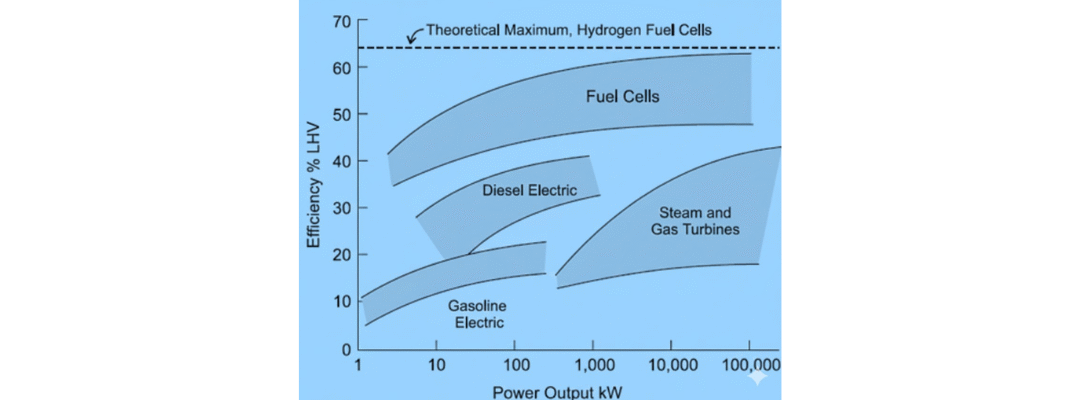Fuel cells are becoming a game-changer in clean energy and electric vehicle technology. But how do they actually work? And what makes them so promising?
In this guide, we’ll break down fuel cell technology in a clear, engaging way—even if you’re not an engineer.
What Is a Fuel Cell?
A fuel cell is an electrochemical device that converts the chemical energy of a fuel directly into electricity through a reaction with an oxidant. Unlike traditional batteries, fuel cells don’t store energy—they continuously generate it as long as fuel and oxidant are supplied.
At a basic level:
- The fuel (typically hydrogen) is the anode.
- The oxidant (usually oxygen from air) is the cathode.
- These react across an electrolyte, which carries ions between the two.
How Do Fuel Cells Work?
Here’s a simplified breakdown of the process:
- Hydrogen enters the anode side and splits into protons and electrons.
- Protons pass through the electrolyte (the key differentiator between fuel cell types).
- Electrons travel through an external circuit, generating electricity.
- At the cathode, oxygen combines with the hydrogen protons and electrons to form water— the only by-product!
Fun Fact: This process is silent, efficient, and clean—making it ideal for use in vehicles, homes, and even space missions.
Types of Fuel Cell Electrolytes
The type of electrolyte used defines the fuel cell type. Here’s a quick overview:
| Electrolyte Type | State | Operating Temp | Ion Conducted | Applications |
| Polymer Electrolyte Membrane (PEM) | Solid | Low (~80°C) | H⁺ (protons) | Automotive, portable power |
| Solid Oxide (SOFC) | Solid | High (~1000°C) | O²⁻ (oxygen ions) | Industrial, stationary |
| Alkaline (AFC) | Liquid | Low | OH⁻ (hydroxide) | Space, military |
| Molten Carbonate (MCFC) | Liquid | High (~650°C) | CO₃²⁻ (carbonate) | Utility-scale generation |
Low vs. High Temperature Fuel Cells
Fuel cells are generally divided into two categories:
- Low-temperature fuel cells:
- Require a noble metal catalyst, like platinum.
- Common in transportation due to quick startup and compact design.
- High-temperature fuel cells:
- Do not require platinum, reducing cost.
- Suitable for industrial-scale applications with cogeneration benefits.
Why Hydrogen Is the Ideal Fuel
Hydrogen is the gold standard for fuel cells for three main reasons:
- High electrochemical reactivity – better performance than hydrocarbons.
- Lightweight and energy-dense – ideal for mobility.
- Clean by-product – only emits water vapor.
Even in fuel cells that use hydrocarbons or alcohols, these fuels typically decompose into hydrogen before reacting.

